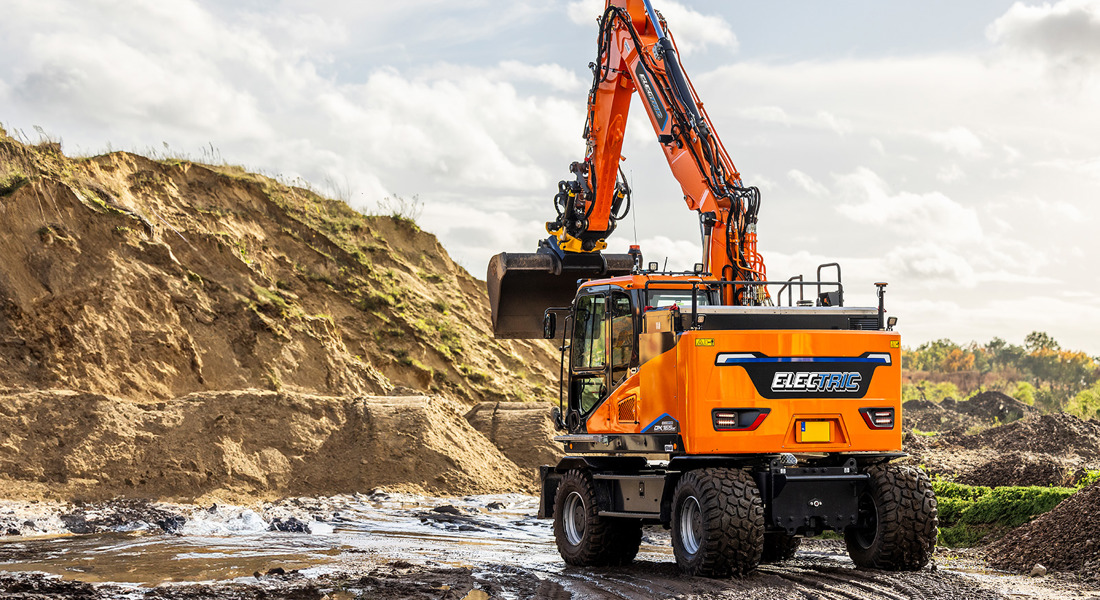There are two ways of charging within the electric vehicles (e-vehicles) market; AC and DC, but in which situation do you use which technology and what are the differences between the two?
Cause
Let's start with where it all comes from, the power grid. This net is in fact the core from which the supplies for two different ways of loading originate. The batteries in e-vehicles always want to be charged with direct current, this form of current is also known as Direct Current or DC. However, our energy grid always supplies an alternating current known as Alternating Current, abbreviated AC. A direct plug from the mains to the battery will therefore not work. So something is needed to convert the alternating current to direct current so that the vehicle can be charged. There are two different options for this, converting into the vehicle or outside the vehicle.
AC Charging
In order to be able to charge AC, which means to plug directly into the vehicle from the mains, an Onboard Charger (OBC) is required on the e-vehicle. The OBC can be seen as a large converter that converts AC to DC in the vehicle. As shown in the picture, it comes between the charging socket on the vehicle and the battery. AC Charging has the great advantage that the availability is much higher, so are usually the connection points at houses or business premises. However, the greater availability has the caveat that the maximum charging rate is lower than with DC charging.
DC Charging
In contrast to AC charging, DC charging converts the current before it enters the vehicle. There is already a converter in the charging station itself for this. You see these, for example, at large gas stations. In the case of DC charging, the pole already provides the necessary work, so that the current can go directly from the charging connection to the battery. The vehicle then communicates to the charging station the amount of current and voltage that is accepted, the charging station then ensures that the correct amount reaches the vehicle. This again saves a component in the vehicle. Furthermore, a charging station does not have the space limitations and design requirements like a vehicle, so that there are more options with the converter, resulting in higher charging speeds.
Multiple options
Both techniques have their advantages of course, but fortunately there is also the possibility to implement both on a vehicle. Looking at the infrastructure, in the case of our electric excavator, it was decided to allow charging via the vehicle via AC, while our battery boxes can be charged directly via DC. For example, you can charge the vehicle overnight at the construction site, but also quickly charge a battery box during the day with a DC charger.
To ensure that charging is done safely and is possible at every charging station, we follow international standards set up by the International Electrotechnical Commission. These are also followed by the car manufacturers to enable a uniform way of safe charging!
In general, a number of standards are important, the IEC 61851, IEC 62196 and ISO 15118. With which both the uniform communication current and a uniform plug, both for AC and DC, are standardized. The combination ensures a uniform process, so that our electric excavators can be loaded safely at all times!

Contact us. We are happy to tell you more about it!